Edward Jay Epstein, writer who debunked conspiracy theories and exposed real conspiracies – obituary
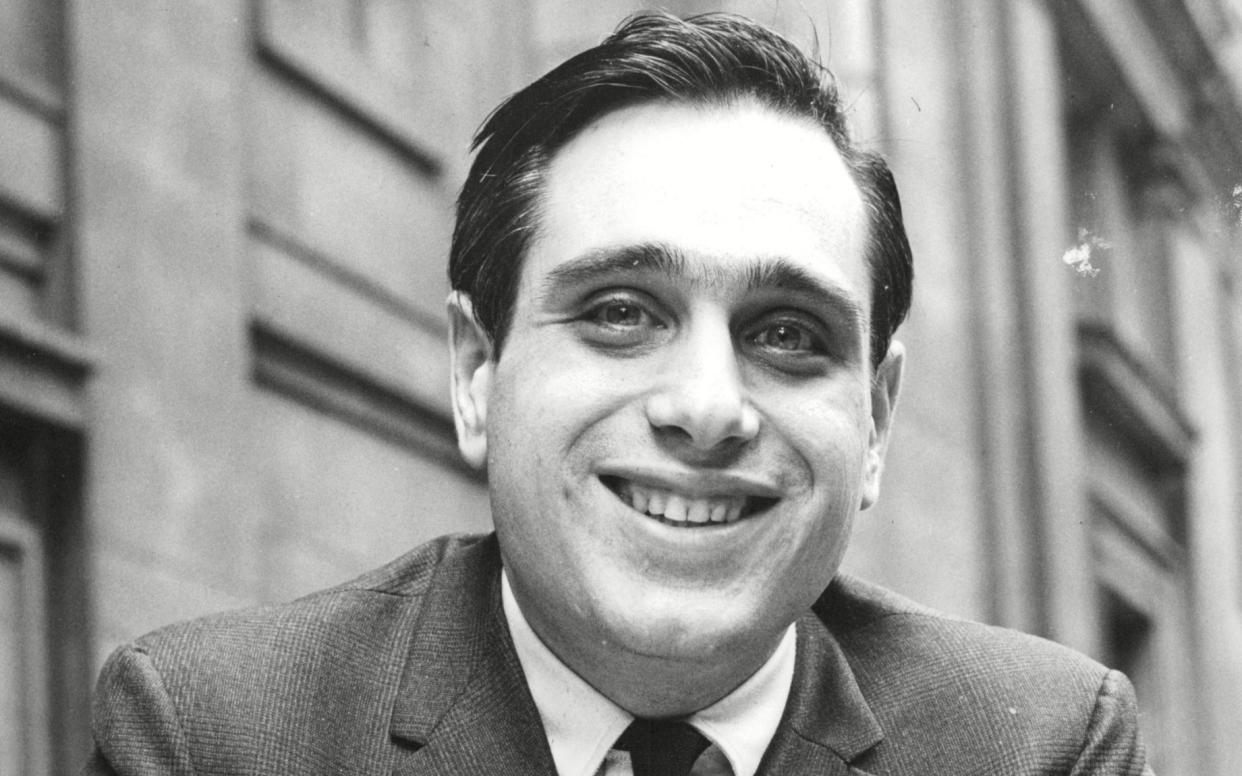
- Oops!Something went wrong.Please try again later.
- Oops!Something went wrong.Please try again later.
- Oops!Something went wrong.Please try again later.
- Oops!Something went wrong.Please try again later.
Edward Jay Epstein, the American investigative journalist and academic political scientist, who has died aged 88, enjoyed a long and celebrated career despite never having to write about a subject that was not of his own choosing.
Known to most as Ed, he described his calling in life as being that of “a questioner of received wisdom and a solver of unsolved riddles”. His friend Michael Wolff said that his “lifelong work is not so much about the looking-glass world of conspiracy theories… but about modern storytelling”.
His maternal grandfather had arrived in New York from the Russian city of Minsk (now the capital of Belarus) in the 1880s with no money and sold pencils before succeeding in the fruit-cart business. His father, Albert Levinson, a financier in the fur trade, married Betty Opolinsky, an abstract sculptor whose family came from the same part of Russia, and they lived in Brooklyn, where Ed was born on December 6 1935.
His father died when Ed was seven and his mother remarried, this time to a shoe manufacturer, Louis J Epstein, whose name Ed later took. Theirs was a Reform, assimilated Jewish home and they only went to shul on high holidays.
By the age of 12 Ed was preternaturally large at 6ft 2in and 200lb – which, he later wrote, “conferred on me bold social confidence that would remain”. He attended four different schools in Brooklyn.
Despite his poor academic record Epstein won a place at Cornell University through a golf-club connection of his stepfather’s. He took the literature course taught by Vladimir Nabokov, and though he failed to read Tolstoy’s Anna Karenina he impressed Nabokov with an essay vividly describing the train station in the novel, from his recollection of the 1948 film version.
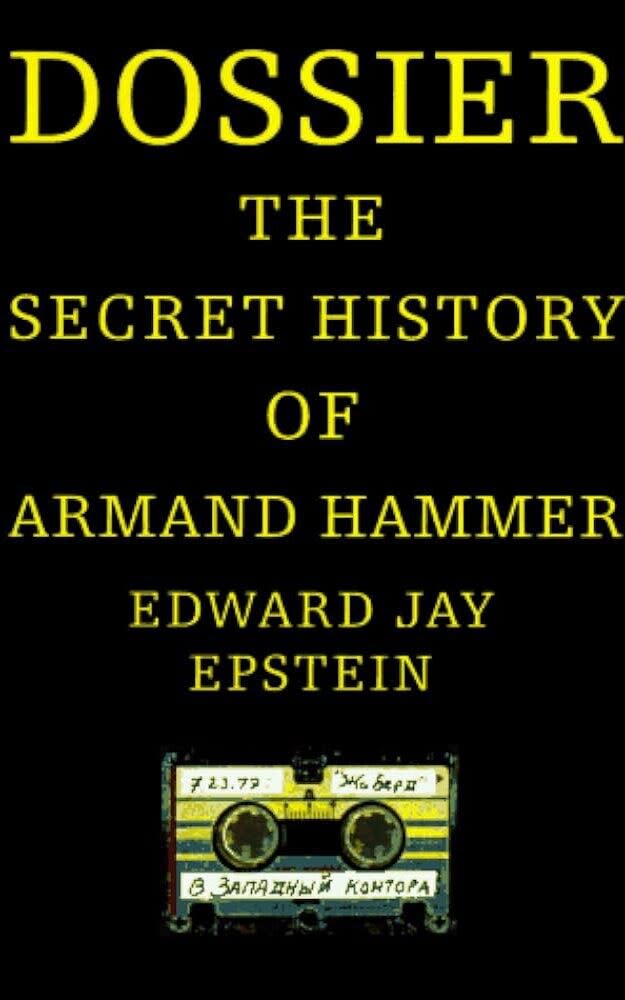
When he was punished for bringing a car on campus during his freshman year, he turned up to a lecture the following year in a horse and buggy he had bought from a local farmer. He was eventually suspended for poor attendance.
Having travelled to Europe, he obtained a job as a driver and “interview assistant” for a documentary director attending a conference in Greece. Next, he persuaded various businessmen to back his proposed film version of Homer’s The Iliad on the basis that he would get Marlon Brando to play Ulysses, and he even directed some chaotic battle scenes on a beach in Greece, but the project petered out.
In 1964 he returned to Cornell as a student in the government department and wrote his master’s thesis, about the Warren Commission’s investigation into the assassination of John F Kennedy, at the same time as completing his undergraduate course. Through assiduous interviewing, he established that the Warren Commission’s report had been based on an inadequate investigation.
Although a publisher had expressed interest in publishing his thesis, it was a chance encounter with the philosopher Hannah Arendt at Cornell (when he gave her a lift in his car on a snowy night) that sealed the deal, as she had the same publisher, who assumed Epstein was her protégé. The resulting book, Inquest, combined Epstein’s thesis of fewer than 40,000 words with the two-volume classified FBI report as an appendix. It became a bestseller.
Epstein was commissioned by The New Yorker to cover the prosecution of the businessman Clay Shaw by the New Orleans district attorney Jim Garrison in 1968 for allegedly taking part in a conspiracy to assassinate Kennedy. Epstein concluded that Garrison was deluded and guilty of prosecutorial overreach.
From 1966 to 1974 he worked on his PhD at Harvard, using organisation theory to study television news networks, and from 1969 to 1973 he was an assistant professor in Massachusetts Institute of Technology’s political science department, where he taught two days a week, as well as a staff writer at The New Yorker.
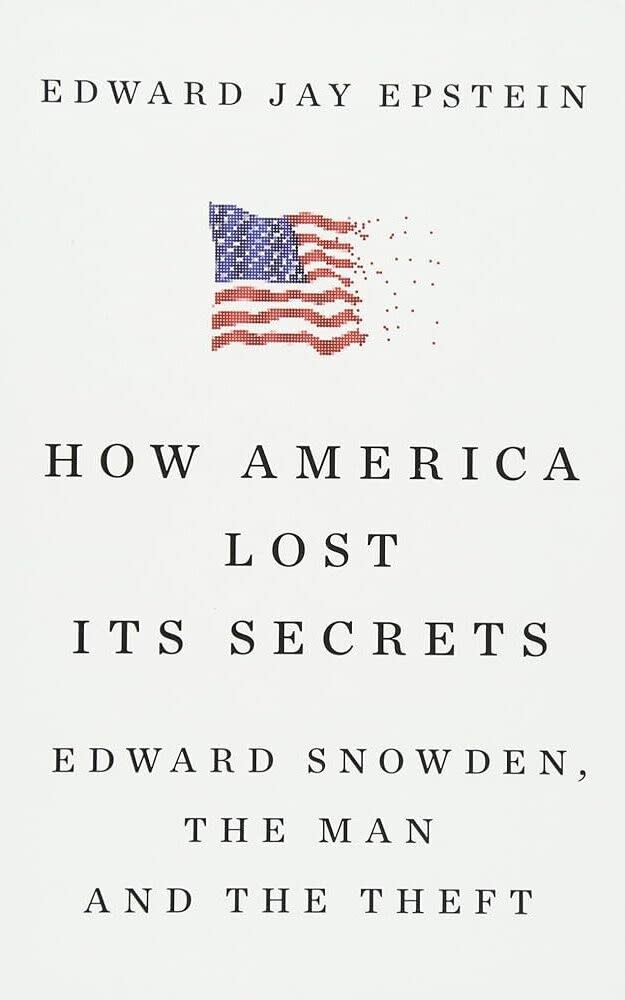
Throughout his career he exposed conspiracies: for example the plane crash in which General Zia of Pakistan was killed, and the clandestine drugs war conducted by the Nixon White House, but equally he debunked fake media narratives, such as the claim that there was an organised genocide of Black Panthers by law enforcement, and the claim of a convict serving life to have been a second shooter in the JFK assassination. Other books included an exposé of the international diamond business and two books analysing the economics of the film industry.
In an in-depth 2011 article for the New York Review of Books, Epstein cast doubt on what happened in a Manhattan Sofitel hotel room between the French politician Dominique Strauss-Kahn and a Guinean-born maid who had accused him of raping her, and he discovered videotape surveillance that suggested the French government had been involved in a plot to bring him down.
He spent two years investigating the security breach by former National Security Agency analyst Edward Snowden, who claimed to be a whistleblower motivated by civil rights concerns over illicit government surveillance, and his 2017 book How America Lost its Secrets: Edward Snowden, the Man and the Theft concluded that while on the run from the US authorities Snowden had supplied vast amounts of classified information to the Russians in return for sanctuary from extradition to America.
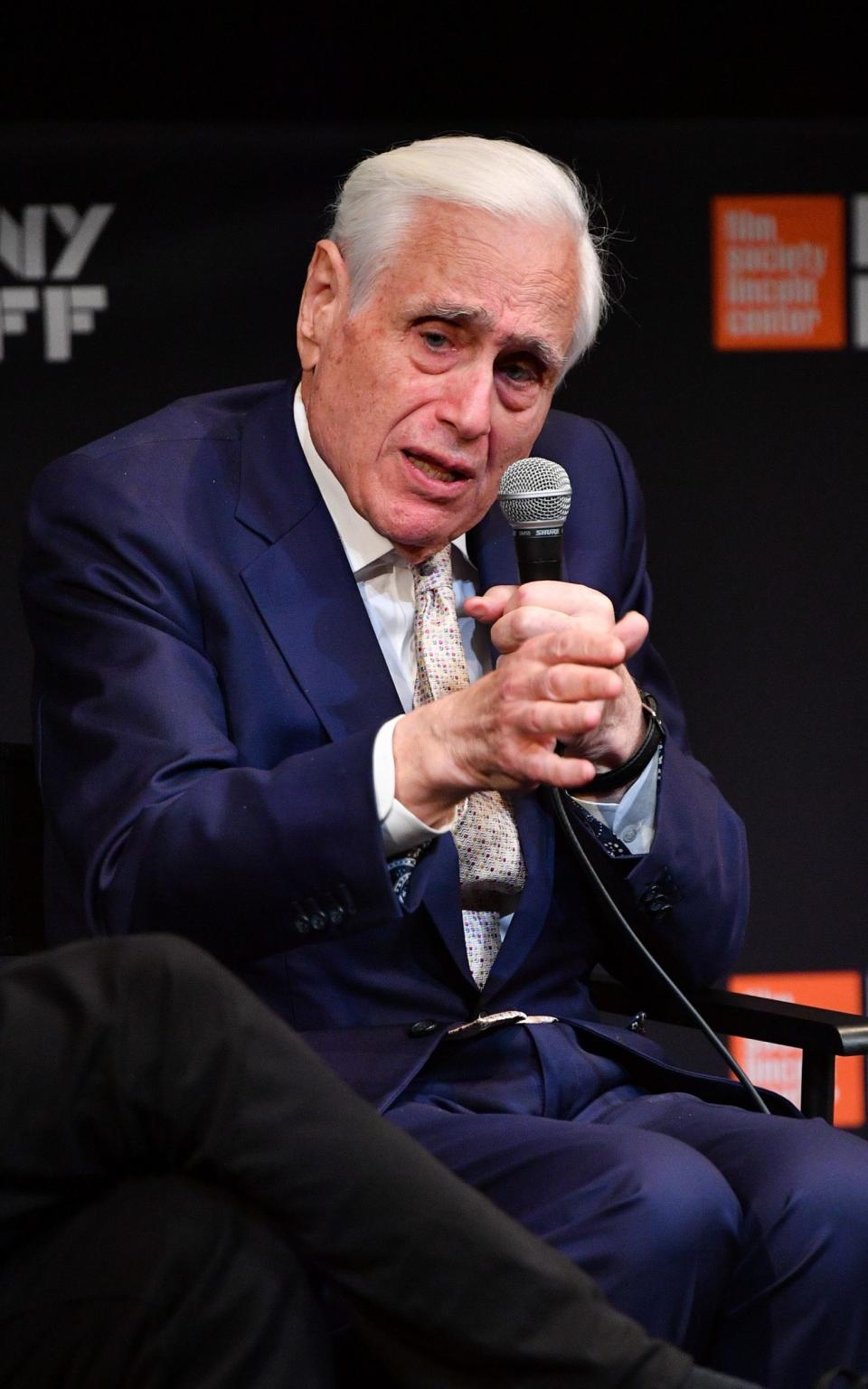
The secret to Epstein’s heavily freighted social life and his multifarious professional connections was that he rarely if ever lunched or dined alone, and woe betide anyone who cancelled on him at the last minute. “Ed doesn’t do drugs,” a friend was quoted as saying. “He does information.” As an invitee he was scrupulously punctual, often arriving early and circling the block.
His secret weapon was his rent-controlled duplex penthouse apartment on the Upper East Side of Manhattan, with two terraces that had views of the East River, the Hudson River and Central Park. There, at “urban barbecues” of pre-cooked German sausages, he entertained an eclectic crowd of people, including Tom Wolfe, Christopher Hitchens, Barry Humphries and his wife, Lizzie Spender, and the financier Sir James Goldsmith.
“Ed’s parties are the most dazzling in New York,” a regular guest told New York magazine in 1999. “It’s the only party where the people who are there are there just because they are smart and interesting – or pretty and British.”
When his 1996 book Dossier: The Secret History of Armand Hammer won a $60,000 prize as both best biography and business book, he converted a room in his apartment into a screening room with a projector, hi-fi speakers and two tiers of stadium seating. He invited friends to screenings of Russian operas.
The paradox of Epstein was that was prepared to befriend and subsequently betray some rich and powerful individuals, such as Hammer, which gave him credibility in Left-wing circles, but at the same time he wished to remain in the orbit of other rich and powerful persons and therefore gave some of them a pass.
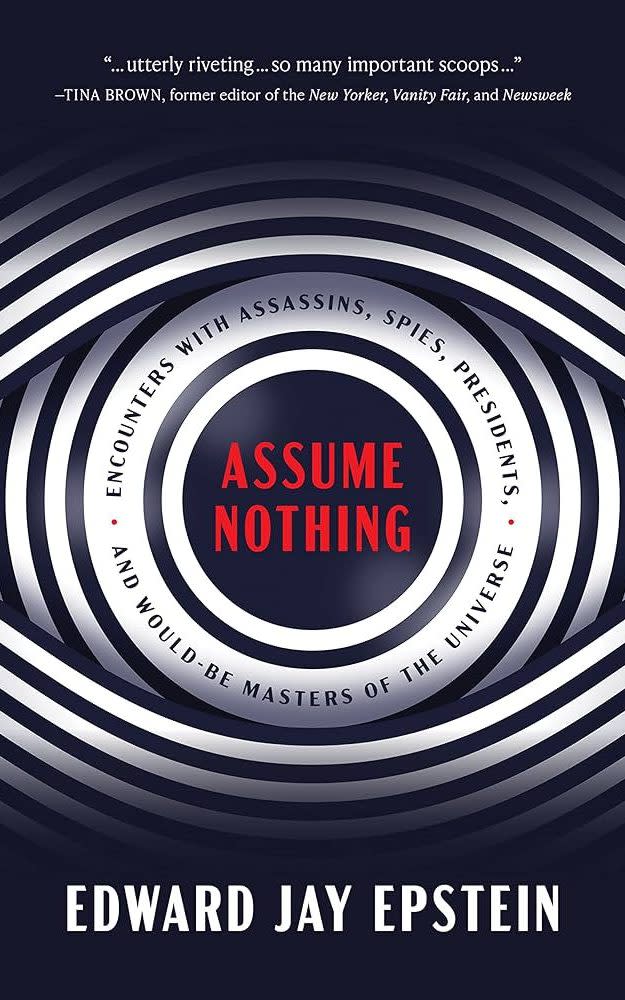
In a devil’s bargain he turned a blind eye to Jimmy Goldsmith’s reputation as a raging egotist and unscrupulous market manipulator, because he preferred to continue receiving invitations to his Manhattan townhouse as well as to Cuixmala, Goldsmith’s “kingdom by the sea” in Mexico, where he met Richard Nixon over a weekend in 1992. He reckoned he travelled over 600,000 miles in Goldsmith’s private planes, yacht, and cars.
If he was present when confidential business matters were discussed, he was told to forget what he had heard and he duly obliged rather than forfeit his passport to being in the company of the rich and powerful. It was through Goldsmith, however, that he gained admittance to Mike Milken’s media-averse conference of arbitrageurs in Beverly Hills in 1985, which he wrote about for his “Wall Street Babylon” column in Manhattan, inc. magazine.
He identified his namesake Jeffrey Epstein as a grifter and fabulist (though not as a paedophile) back in the 1980s and remained fascinated with his mysterious wealth, which he attributed to his ability to assist other rich men in hiding their fortunes from scrutiny.
His memoir, Assume Nothing: Encounters With Assassins, Spies, Presidents, and Would-Be Masters of the Universe, was published last year. According to a female friend, until the last he enjoyed pounding the city streets wearing massive old-fashioned headphones and his favourite sweater, which was emblazoned with Chinese letters spelling “Warrior”.
Epstein had a series of girlfriends, enjoyed the company of beautiful and intelligent women as friends, and was a willing escort for several of them. He never married and had no children.
Edward Jay Epstein, born December 6 1935 died January 9 2024

